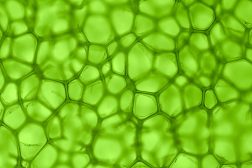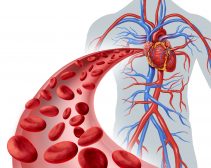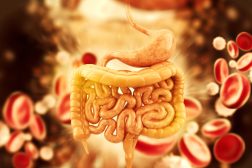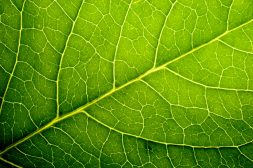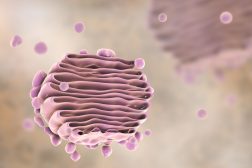Definition
noun
A Romanovsky type of stain named after German chemist and bacteriologist Gustav Giemsa, and is often used in histopathological diagnosis and cytogenetics
Supplement
Giemsa is a dye consisting of methylene blue-eosin and methylene blue. It is named after Gustav Giemsa, a German chemist and bacteriologist. This dye solution is used in histopathologic diagnosis. It is used in staining blood films. Because of the basic and acidic dyes it contains it is favored in differentiating acid and basic granules in granulocyte. It is also essential in determining the presence of negri bodies, Tunga species, spirochetes and other parasitic protozoans in blood. It can also stain Histoplasma (a fungus) and Chlamydia (a bacterium).
Giemsa stain is also used in chromosome banding. Chromosome banding is a cytogenetics method used for staining chromosomes in order to identify chromosomal aberrations. And chromosome banding that employs Giemsa after hydrolyzing the cytologic preparation in hot hydrochloric acid is referred to as Giemsa banding (or G banding). The darkly stained bands in the chromosome are an indication of high adenine-thymine bonds since the stain attaches itself to these regions.
Giemsa is also used in glycerol-methanol buffer solution.
Word origin: named after German chemist and bacteriologist Gustav Giemsa
See also:
- Giemsa gustav
- Romanovsky type stain
- Telomeric r-banding stain
- Alder bodies
- Banding pattern
Related term(s):

